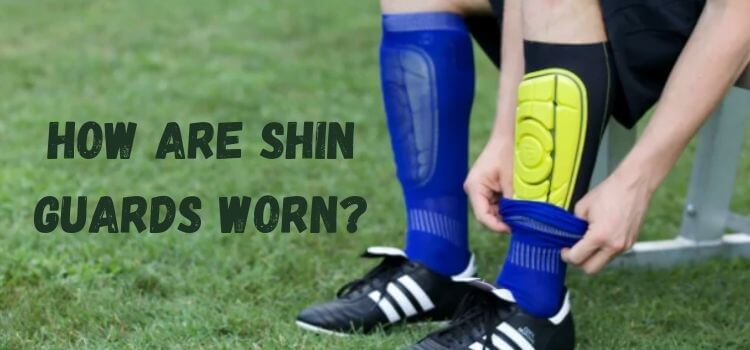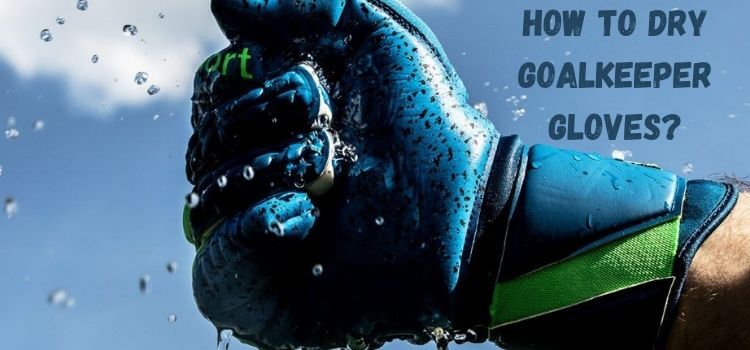As an Amazon Associate, I earn from qualifying purchases
For athletes across various sports, understanding “how shin guards are worn” is crucial for both safety and performance. Whether you’re stepping onto the soccer field, hockey rink, or dojo, the correct positioning of shin guards can make a significant difference.
Properly worn shin guards provide essential protection against impacts, reducing the risk of injury. In this article, we will walk you through the procedures and demonstrate the best practices for wearing shin guards appropriately. This will allow you to concentrate on your game with self-assurance and a sense of safety.

Types of Shin Guards
Slip-In Shin Guards
Shin guards, which are known as slip-ins, are the most frequent form. They are lightweight and designed to fit directly under your socks. These are popular among soccer players for their simplicity and ease of use.
Ankle Shin Guards
Ankle shin guards provide additional protection around the ankle area. They often come with built-in ankle sleeves that secure the guard in place, offering extra stability and coverage.
Shin Socks
Shin socks combine the protection of a shin guard with the comfort of a sock. They are all-in-one solutions that are easy to wear and stay in place during the game.
Choosing the Right Shin Guards
Size and Fit
The right size ensures maximum protection and comfort. Shin guards should be worn at all times and cover the whole length from the area just below the knee to the area just above the ankle.
Most brands provide sizing charts based on your height and leg measurements.
Material and Protection
Look for materials that offer a good balance of protection and flexibility. Common materials include plastic, foam, and composite materials. High-impact sports require more robust protection.
Comfort and Flexibility
Your shin guards should not restrict your movement. Look for designs that contour to the shape of your leg and offer ventilation to keep you cool during play.
How to Wear Slip-In Shin Guards
Step-by-Step Guide
- Select the Correct Size: Ensure your shin guards fit snugly against your shins.
- Position the Guard: After positioning the shin guard on your shin, check that it covers your entire shin, from just below your knee to just above your ankle.
- Secure with Socks: Pull your socks over the shin guards to hold them in place. Ensure there are no gaps.
- Adjust for Comfort: Make minor adjustments to ensure the guards are comfortable and not slipping.
Tips for Secure Fit
- Use shin guard sleeves or tape for additional security.
- Ensure the top of the guard is about one to two inches below your knee.
How to Wear Ankle Shin Guards
Step-by-Step Guide
- Choose the Right Fit: Ankle shin guards should fit snugly without being too tight.
- Insert Your Foot: Place your foot through the ankle sleeve attached to the shin guard.
- Position the Guard: Ensure the guard covers your shin adequately and the ankle support is snug around your ankle.
- Secure with Socks: Pull your socks over the guards and ankle sleeves.
Tips for Secure Fit
- Adjust the ankle straps if available to ensure a tight fit.
- Make sure the shin guard does not shift during movement.
How to Wear Shin Socks
Step-by-Step Guide
- Choose the Right Size: Ensure the shin socks fit your leg length and circumference.
- Slide On the Socks: Pull the shin socks over your feet and legs, positioning the built-in guards over your shins.
- Adjust for Comfort: Make sure the guards are centered on your shins and not twisted.
Tips for Secure Fit
- Ensure there are no wrinkles or folds in the socks that could cause discomfort.
- Check the position of the guards frequently during play.
Additional Gear for Shin Guards
Shin Guard Sleeves
Shin guard sleeves are elasticated sleeves that hold your shin guards in place. They provide extra stability and prevent the guards from slipping during intense activity.
Shin Guard Tape
Shin guard tape secures the shin guards in place. Wrap the tape around your socks and guards to keep everything tight and secure.
Common Mistakes When Wearing Shin Guards
Wearing Them Too High or Low
Positioning is crucial. Guards worn too high leave the lower shin exposed, while those worn too low do not adequately protect the upper shin.
Incorrect Sizing
Utilizing the incorrect size can result in discomfort as well as a reduction in protection. Always refer to the manufacturer’s sizing guide.
Maintaining Your Shin Guards
Cleaning Tips
- Clean your shin guards after each use with mild soap and water.
- As a preventative measure against mildew and odor, let them air dry thoroughly before putting them away.
Storage Recommendations
- Store your shin guards in a dry, cool place.
- Avoid leaving them in your sports bag for long periods to prevent bacteria build-up.
Benefits of Wearing Shin Guards Properly
Injury Prevention
Properly worn shin guards significantly reduce the risk of bruises, cuts, and fractures from impacts.
Enhanced Performance
Comfortable and well-fitted shin guards allow you to move freely and play confidently, enhancing your overall performance.
Professional Tips for Athletes
Insights from Soccer Players
Professional soccer players often use custom-fitted shin guards for optimal protection and comfort. They underline how important it is to perform routine maintenance and to position the object correctly.
Best Practices from Coaches
Coaches recommend practicing with your shin guards to get used to their feel and ensuring they are always correctly positioned before games.
FAQs About Shin Guards
Your shin guards should cover the entire length of your shin without restricting movement. They should feel snug but comfortable.
It’s better to wear them under your socks to keep them in place and provide better protection.
Replace your shin guards if they are cracked or damaged or if you outgrow them. A good rule of thumb is to replace them every season.
Yes, different sports may require different types of shin guards designed for the specific movements and impacts involved.
It’s best to wash them by hand with mild soap and water to prevent damage.
As an Amazon Associate, I earn from qualifying purchases


